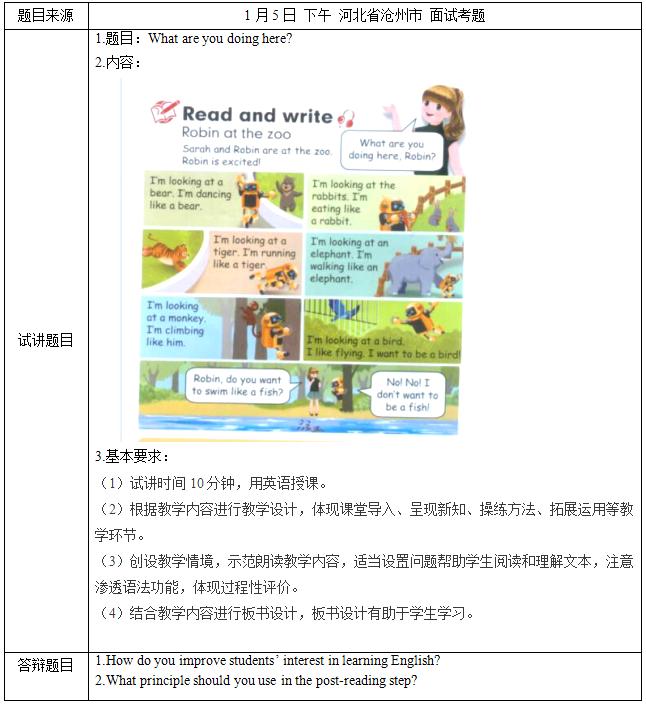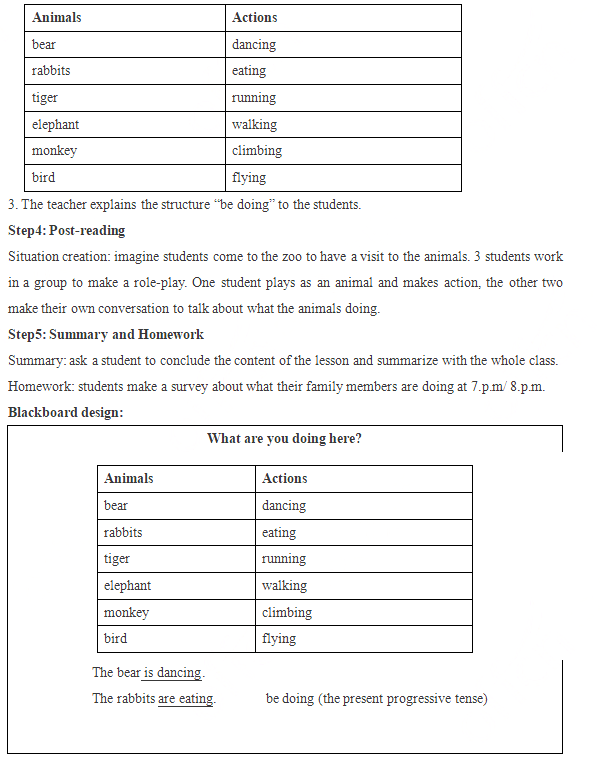Three.
Four.
Five.
Six.
第1题:
Have you ever been to the place? You can see many places of interest there.(合并为一句)
Have you ever been to the place ________you can see many places of interest?
第2题:
Which of the following credit is not mentioned in the passage?
A.irrevocable
B.revocable
C.standby
D.confirmed
第3题:
How many dangerous sports does the author mention in this passage?
A. Three.
B. Five.
C. Six.
D. Seven.
第4题:
________will the discharging operations take?
A.How long
B.How length
C.How many times
D.How many shift
第5题:
30.How many ways of travelling are mentioned(提到)in the passage?
A.Three
B.Four
C.Five
D.Six
第6题:
How many methods of settlement are mentioned in this passage when the British importer needs dollar to pay his American supplier?
A.Two.
B.One.
C.Three.
D.Several.
第7题:
How many approaches are mentioned to define a narrative?
A.One.
B.Two.
C.Three.
D.Four.
第8题:
From the passage, how many places have the name Valencia?
A. One.
B. Two.
C. Three.
D. Four.
第9题:
Which of the following is NOT mentioned in the passage?
A.Da Vinci once stayed in France.
B.“Mona Lisa”is kept in the Louvre
C.The Louvre was once a church as well as a palace
D.The Louvre is a place of interest to different people from all over the world.
第10题:

